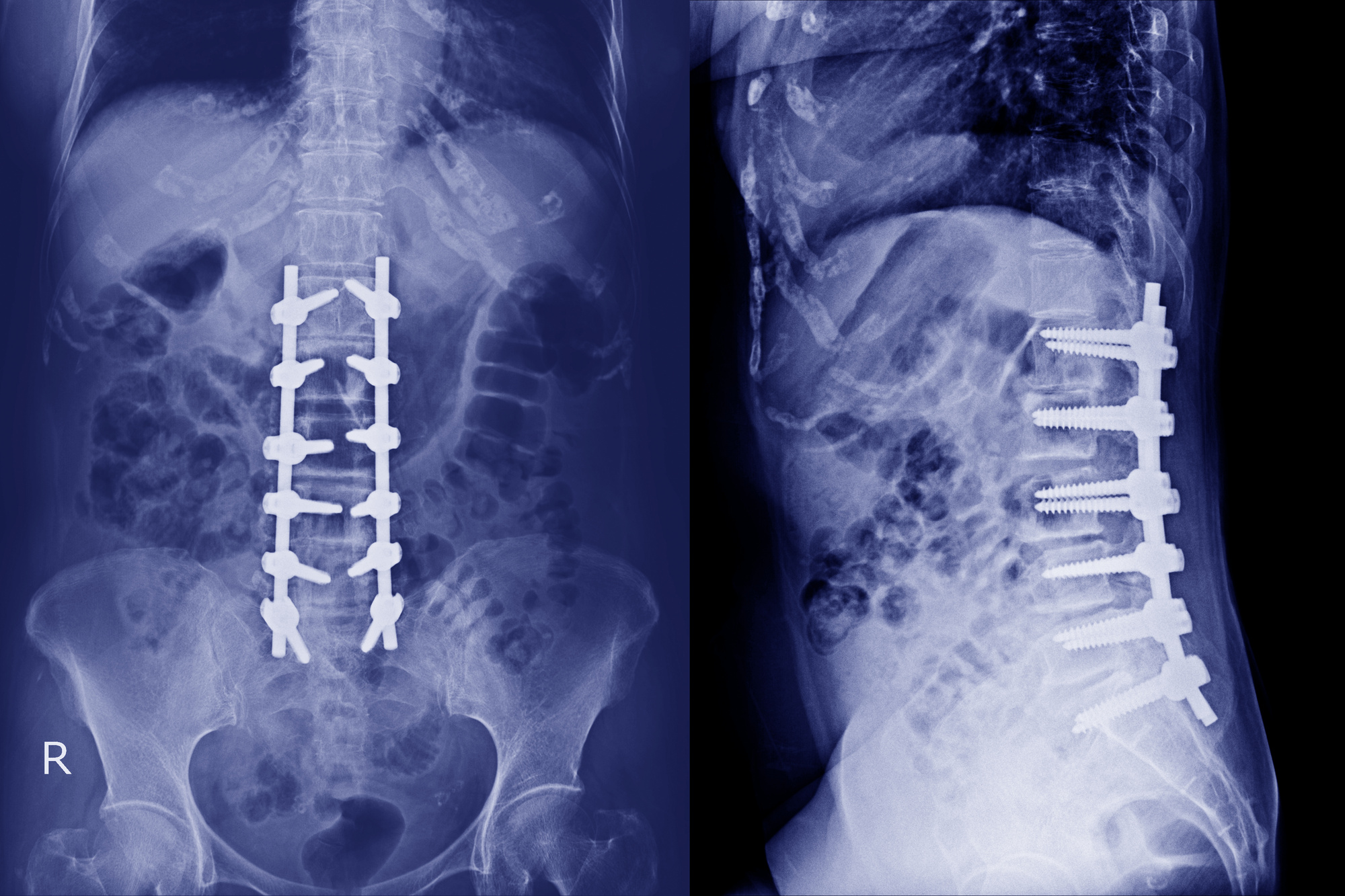Introduction:
In a healthy back, rubbery discs between the
vertebra provide height and allow easy bending and twisting. As a usual process
of aging, the discs begin to wear down. At times, this discs wear away
completely over time. The bones snag against each another, causing the pain and
stiffness of osteoarthritis. When in
40s, most people have some Degenerative Disc Disease, but not always
with pain.
This involves the intervertebral discs which
are the pillow-like cushions between your vertebrae in your spine. They help
your back bear weight and permit complex motions of the spine while maintaining
stability. As you age, the discs begin losing flexibility, elasticity, and
shock absorbing characteristics. When all this happens, the discs change from a
supple state that allows fluid movement to a rigid state that restricts your movement
and causes intense pain.
Causes
Actually this is not a disease, degenerative
disc is a condition in which painful sensation is caused by a disc that wears
down. Different factors can cause discs to degenerate, these include:
- Drying out of the disc with age.
- Tears in the outer portion of the disc due to daily activities and sports.
- Injury.
There is very little blood supply to the disc,
unlike other tissues of the body which receive in plenty. So once a disc is
bruised, it cannot repair itself and gradually
starts to deteriorate.
Symptoms
The common symptoms of degenerative disc
disease are most commonly found in the low back or neck. The involved pain:
- Range from mild to severe and disabling.
- Primarily affect the neck and lower back.
- Extend to the arms and hands.
- Radiate to the buttocks and thighs.
- Worsen when sitting or after bending, lifting or twisting.
- Come and go.
- Cause weakness in the leg muscles or foot drop, which may be a sign of damage to the nerve root.
Diagnosis
In order to diagnose degenerative disc
disease, the doctor will review the entire medical history and conduct a
physical exam. The doctor may order imaging tests like X-rays, a magnetic
resonance imaging scan or computed tomography scan to get a better analysis of
the discs and bony structures. This can help make the diagnosis.
Treatment
Treatments focus on increasing the related
strength of the muscles that support the back. This includes:
- Physical therapy.
- Non-steroidal anti-inflammatory drugs and pain relievers.
- Injections of corticosteroids into the disc space.
- Surgery that involves artificial disc replacement, or spinal fusion.
Conventional-Care
One of the best ways to take care of
degenerative discs is to take a active
role in self treatment. You can:
- Try heat and cold therapy.
- Do physical therapy exercises at home.
- Modify activities that aggravate your back, but don’t become sedentary.
- Stop smoking.
- Maintain a healthy weight.

EmoticonEmoticon